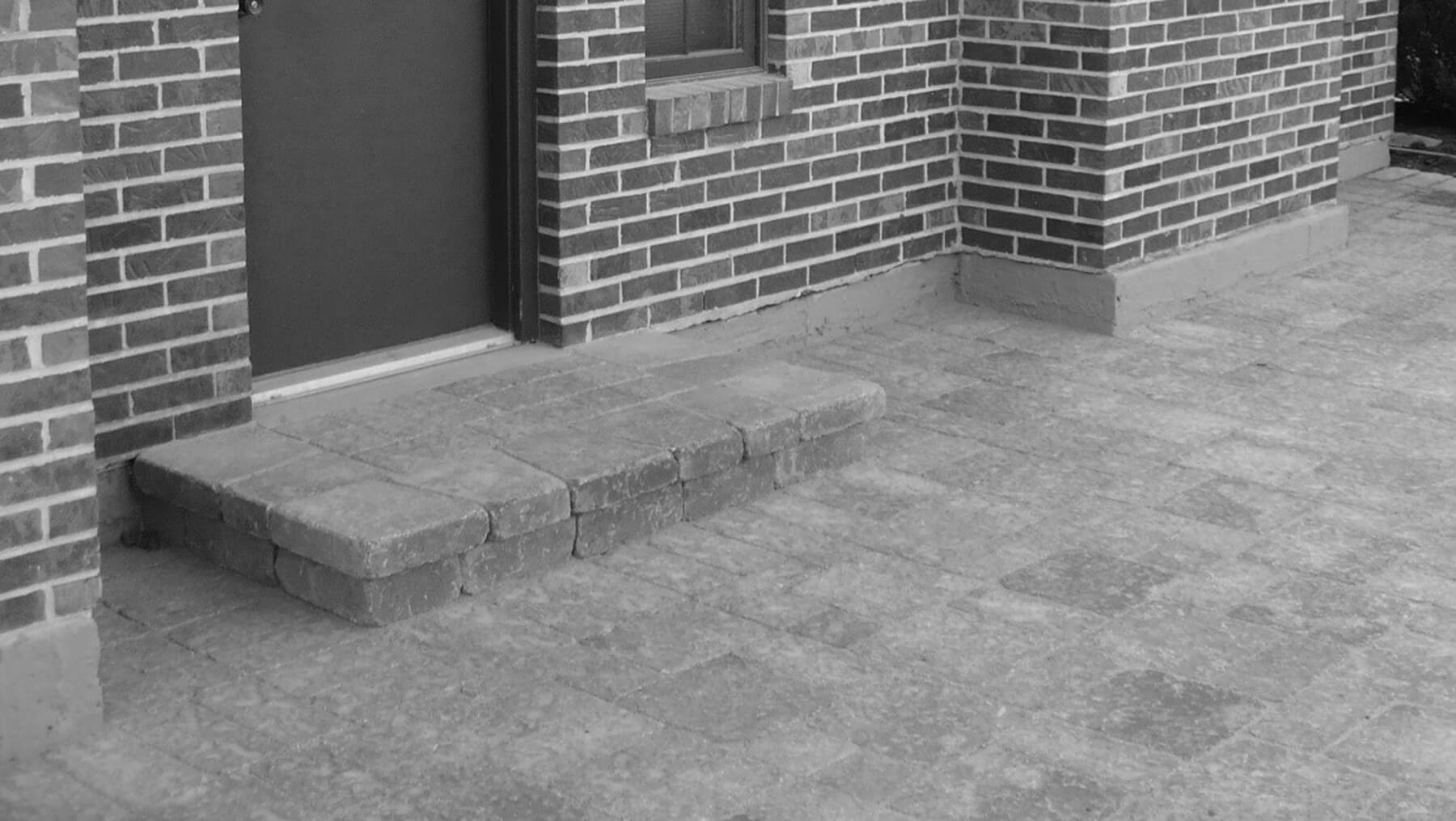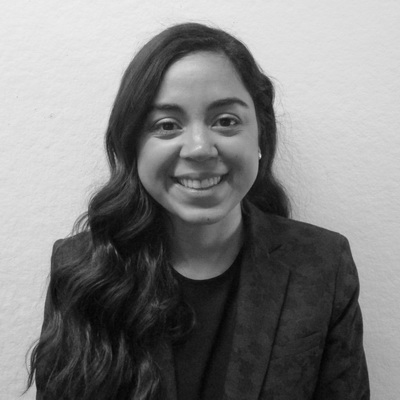Inspiration can come from anywhere. Nearly every design challenge begins with some exploration and search for inspiration. Today, Yennifer Pedraza shares about where she finds inspiration.
Ever since I was a child, I have been interested in art and people. When it comes to people, I’m inspired by their struggles, their motivations and the way they connect, heal and thrive in life. It was my passion for helping people that led me to explore a career in public health and human rights; I wanted to be a part of solving the root cause of health problems. After working in human rights for several years, I pursued interior design with the belief that design could be used as a powerful tool to change people’s lives for the better.
In viewing life and work with a human-centered lens, I have always been attuned to the way people feel, move through and experience place. My background continually influences how I approach design challenges and experience place for myself. As a designer, I’m a constant observer and critic. I always analyze how simple design decisions can either facilitate the way a person moves through space or pose a barrier for them to access it at all.

In designing inclusively, we consider the widest range of users. It’s not just about meeting ADA standards, you need to consider how someone with emotional, physical or cognitive limitations will experience place. Many people think disability means being confined to a wheelchair. However, even one step can pose a barrier for multiple users: a mother/father with a stroller, a person using crutches or an arm sling, an elderly person on a walker, an individual on a wheelchair or even someone carrying packages.
We all experience disability at some point in our life, whether it causes temporary adjustments to our life or permanently changes the way we function. If we consider how our own life might change at any moment, we can approach design with an open-mind and heart. When we design inclusively, we can create beautiful, accessible places that welcome all kinds of users. This drives my work as an interior designer; I feel very fortunate to be able to have a positive impact in the life of another.
People have often wondered why I took such a big leap from human rights and health to interior design. When in fact I am still making a big impact to human rights. Our entire world is designed – either for good or bad. Every single detail of the life we experience was made to appear and function with the design purpose of another. When design is done poorly, it can exclude people, create unnecessary barriers and create public health outbreaks. However, as designers we have an incredible power and opportunity to improve the human condition, minimize poor health outcomes and create spaces that bring people together, heal them and encourage good quality of life.
Related Links:
Finding Inspiration: Luke Gehron
Finding Inspiration: Philippe Généreux
Finding Inspiration: Jing Yu
Finding Inspiration: Eamonn Meagher


